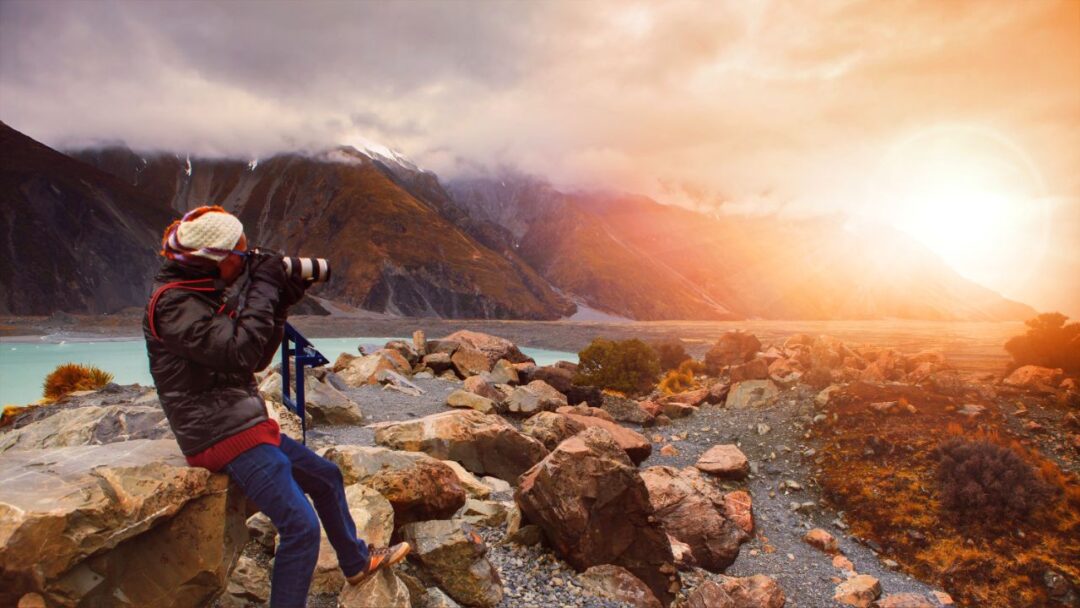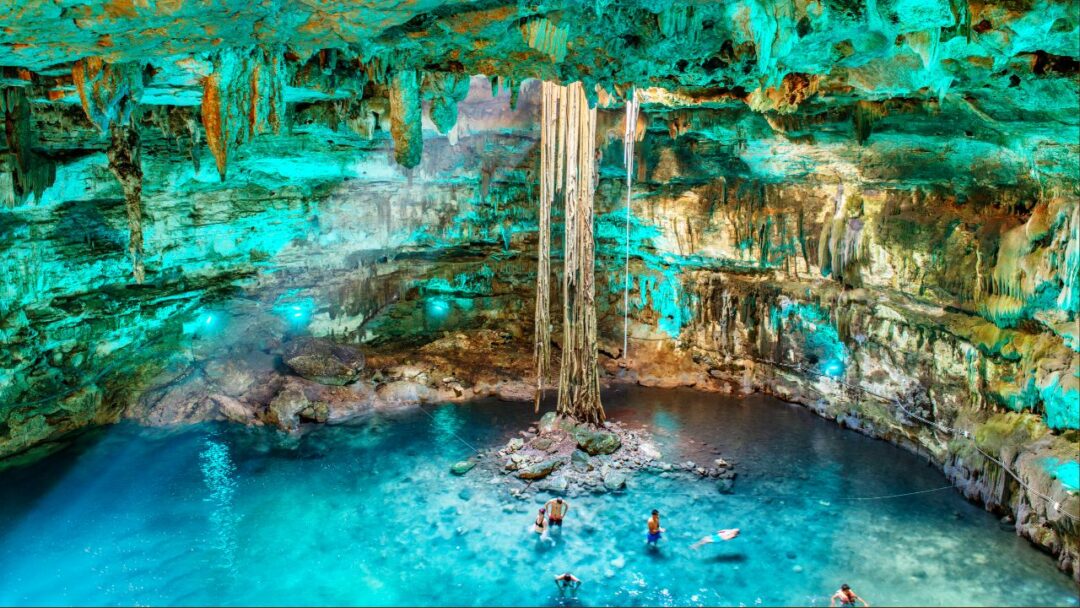Table of Contents

Introduction
Few genres in the vast world of photography can capture the imagination and inspire awe like wildlife photography. Immersion in the natural world, observation of its inhabitants, and the ability to capture those fleeting moments of beauty and unadulterated emotion are all necessary elements of the art form. We’ll take a journey through the wonders of wildlife photography in this article, uncovering a wealth of hints, techniques, and insights to support you in capturing stunning pictures of nature’s most extraordinary creatures.
Understanding Wildlife Photography
Understanding the fundamentals of wildlife photography is essential to starting a successful journey in the field. We delve into the fundamental ideas that guide wildlife photography, emphasizing the value of diligence, endurance, and reverence for the environment.
Essential Gear for Wildlife Photography
Having the appropriate equipment is essential for wildlife photography. We examine the essential equipment, including cameras, lenses, and add-ons like tripods and teleconverters. Discover how to select the ideal equipment for your subject, location, and price range.
Mastering Field craft: Approaching and Interacting with Wildlife
The skill of approaching wildlife quietly and quietly approaching it is known as fieldcraft. In order to capture private and genuine moments, this section offers helpful tips on how to minimize your presence, comprehend animal behavior, and establish a connection.
Composition and Framing: Telling Stories through Images
The language of composition is how photographers express their vision. Learn the compositional rules, such as the rule of thirds, leading lines, and balancing elements, that are especially suited for wildlife photography in order to produce visually compelling narratives.
Lighting and Timing: The Essence of Wildlife Photography
Important considerations in wildlife photography include timing and lighting. Discover how to use the subtleties of various lighting situations, from soft morning light to harsh midday light, to improve the mood, texture, and drama in your photographs.
Nailing the Shot: Techniques for Sharpness and Action
Wildlife requires a sharp eye and quick reflexes because it is constantly moving. Learn how to take sharp, action-packed photos that freeze the key moments in the animal kingdom using methods like autofocus modes, continuous shooting, and pre-focusing.
Post-Processing: Enhancing the Beauty of Wildlife Images
The digital darkroom, or post-processing, is where images truly come to life. Learn how to use tools like exposure adjustments, selective editing, noise reduction, and color enhancing to bring out the best in your wildlife photos while preserving a genuine and natural appearance.
Ethical Considerations and Conservation Awareness
Wildlife photographers have a duty to protect the environment by reducing their negative effects and supporting conservation initiatives. Learn about moral principles like keeping a safe distance, respecting habitats, and spreading knowledge about the plight of endangered species.
Inspiring Wildlife Photographers and Their Works
Take a look at the creations of renowned wildlife photographers who have devoted their entire lives to capturing the majesty and fragility of the animal kingdom. Immerse yourself in their motivational tales, artwork, and guiding principles and allow their encounters to stoke your enthusiasm for wildlife photography.
Conclusion: Unleashing Your Creative Potential
We leave you with some words of encouragement and advice to help you realize your creative potential as we wrap up this investigation of the wonders of wildlife photography. Accept the difficulties, never give up on your dream, and let your images speak for the amazing creatures that inhabit our planet.
Wildlife photography is a form of art that helps us connect with nature’s unadulterated spirit and transcend our limited human perspective. We can capture fleeting moments and tell compelling stories that evoke awe, empathy, and conservation through the power of photography. You can embark on an extraordinary journey of self-discovery, creativity, and meaningful contribution to the preservation of Earth’s most magnificent creatures by comprehending the principles, honing techniques, and nurturing a deep appreciation for wildlife.
Keep in mind that the secret lies not only in technical proficiency but also in developing tolerance, deference, and a steadfast desire to preserve the wonders of the animal kingdom. So grab your camera, head out into nature, and let your camera’s lens serve as a window into the souls of nature’s wild creatures.
Frequently Asked Questions (FAQ)
What is wildlife photography?
The practice of taking pictures of animals in their natural environments is known as wildlife photography. It involves using a camera to document the beauty, behavior, and essence of various wildlife species.
What equipment do I need for wildlife photography?
You’ll need a camera with manual controls, a telephoto lens for focusing on far-off subjects, a reliable tripod for stability, and possibly additional equipment like a camera bag, extra batteries, and memory cards to take beautiful wildlife pictures.
How do I choose the right camera for wildlife photography?
Consider features like image quality, autofocus abilities, burst mode speed, low-light performance, and durability when choosing a camera for wildlife photography. Select devices with high-resolution sensors, quick and precise autofocus, and good ISO performance.
What lens is best for wildlife photography?
For photographing wildlife, a telephoto lens with a long focal length, like a 300mm, 400mm, or 500mm lens, is frequently used. With these lenses, you can enlarge your field of view and take clear, detailed pictures of far-off objects.
How can I get close to wildlife for better photographs?
It’s crucial to respect wildlife’s territory and manners in order to interact with them without upsetting them. Move slowly and quietly, wear camouflage-patterned clothing or use blinds to blend in with the surroundings, and steer clear of sudden movements or loud noises that might startle the animals.
What are some composition tips for wildlife photography?
Use leading lines, the rule of thirds, and the subject’s surroundings to your advantage when photographing wildlife to produce visually appealing images. Consider the background, lighting, and how you can best capture the animal’s distinct behaviors and facial expressions.
How do I capture sharp and focused wildlife photographs?
Use a quick shutter speed to stop the animal’s movement, the right autofocus mode, and careful lens focus point setting to get sharp and focused wildlife photos. To reduce camera shake, it’s also essential to have steady hands or use a tripod.
What are some post-processing tips for wildlife photography?
You can improve your wildlife pictures in post-processing by adjusting the exposure, contrast, and colors. If necessary, you can also crop, sharpen, and get rid of any distractions. However, it’s crucial to preserve the image’s authenticity and avoid overediting it.
How can I improve my wildlife photography skills?
Your ability to photograph wildlife will improve with practice. To continually improve your craft, spend time observing and comprehending the behavior of various animals, experimenting with various settings and techniques, studying the work of other wildlife photographers, and asking for feedback.
Are there any ethical considerations in wildlife photography?
Absolutely. The well-being and natural behavior of animals must be respected when taking photographs of wildlife ethically. Follow local laws and regulations, do not harass or harm the subjects, and don’t bait or change the surroundings just to get a good shot.
What are some recommended locations for wildlife photography?
Numerous places on earth are well-known for their abundant wildlife opportunities and biological diversity. National parks, wildlife refuges, and remote natural habitats are a few locations where wildlife photography is frequently practiced. You can locate the ideal locations for taking beautiful wildlife pictures by conducting research and making advance plans.
The Healing Power of Forest Bathing: Connecting with Nature for Well-being : NEXT POST





Pingback: Off-the-Beaten-Path Nature Destinations: Discovering The Hidden Gems | Animal TV Hindi